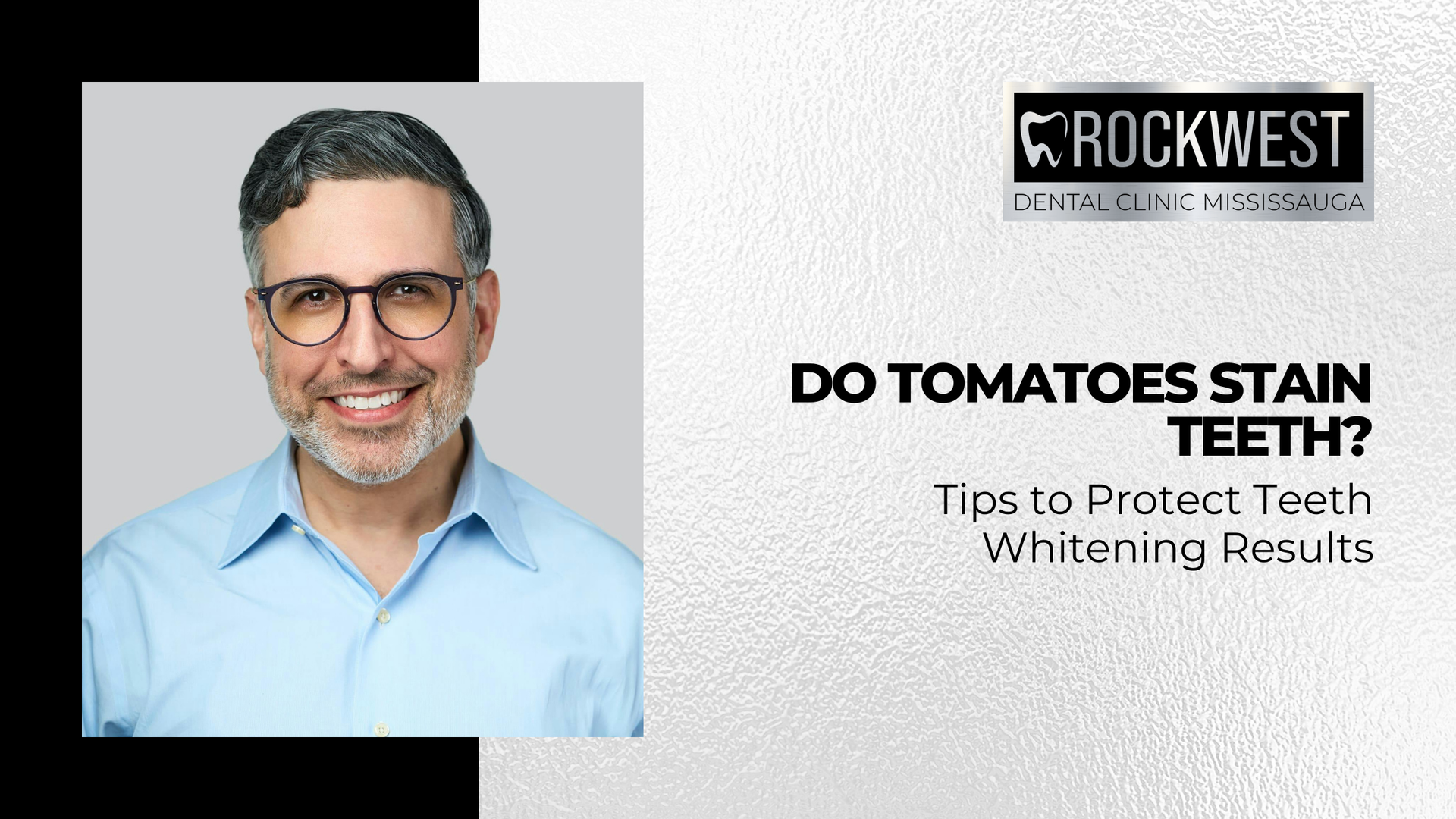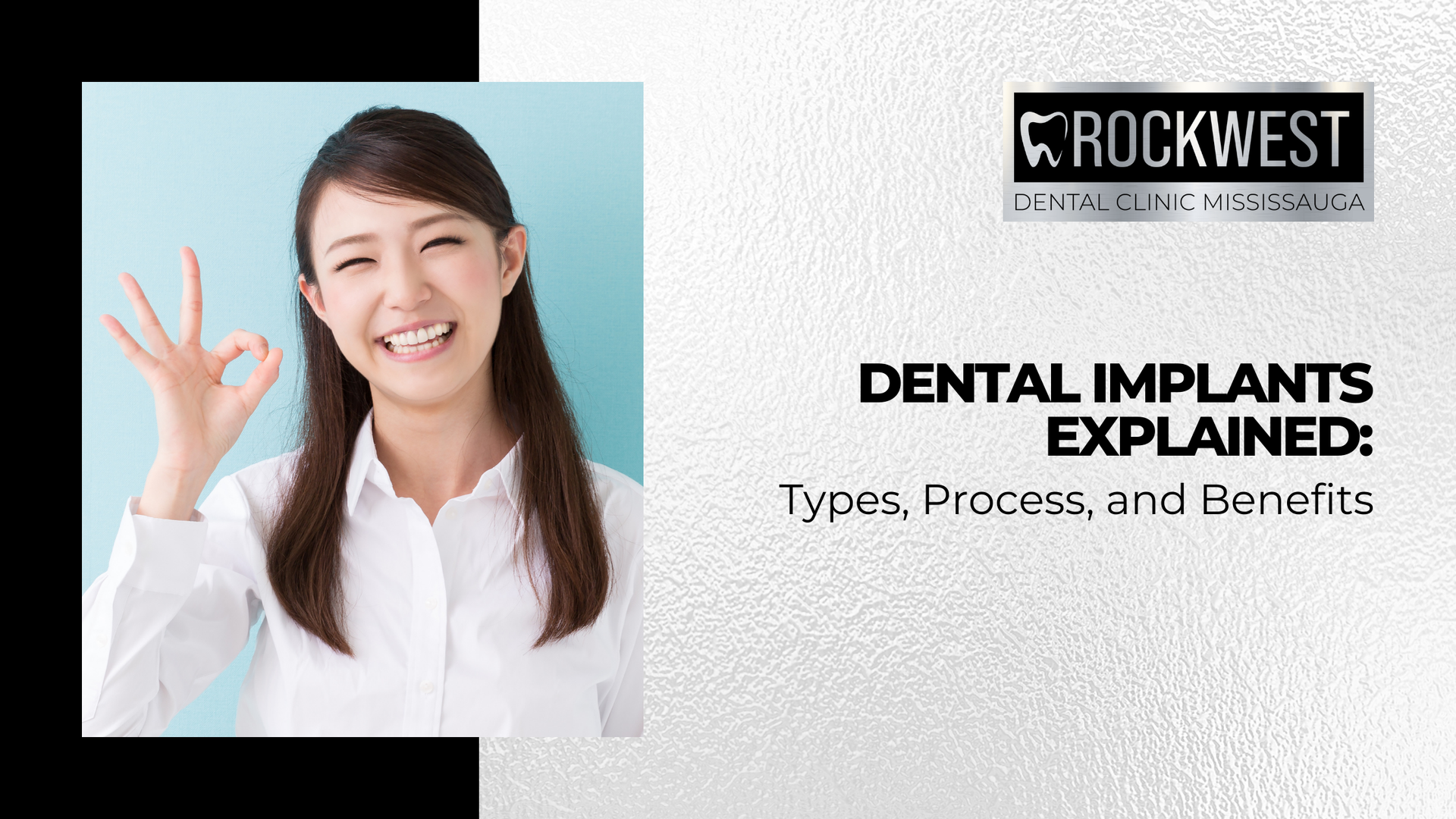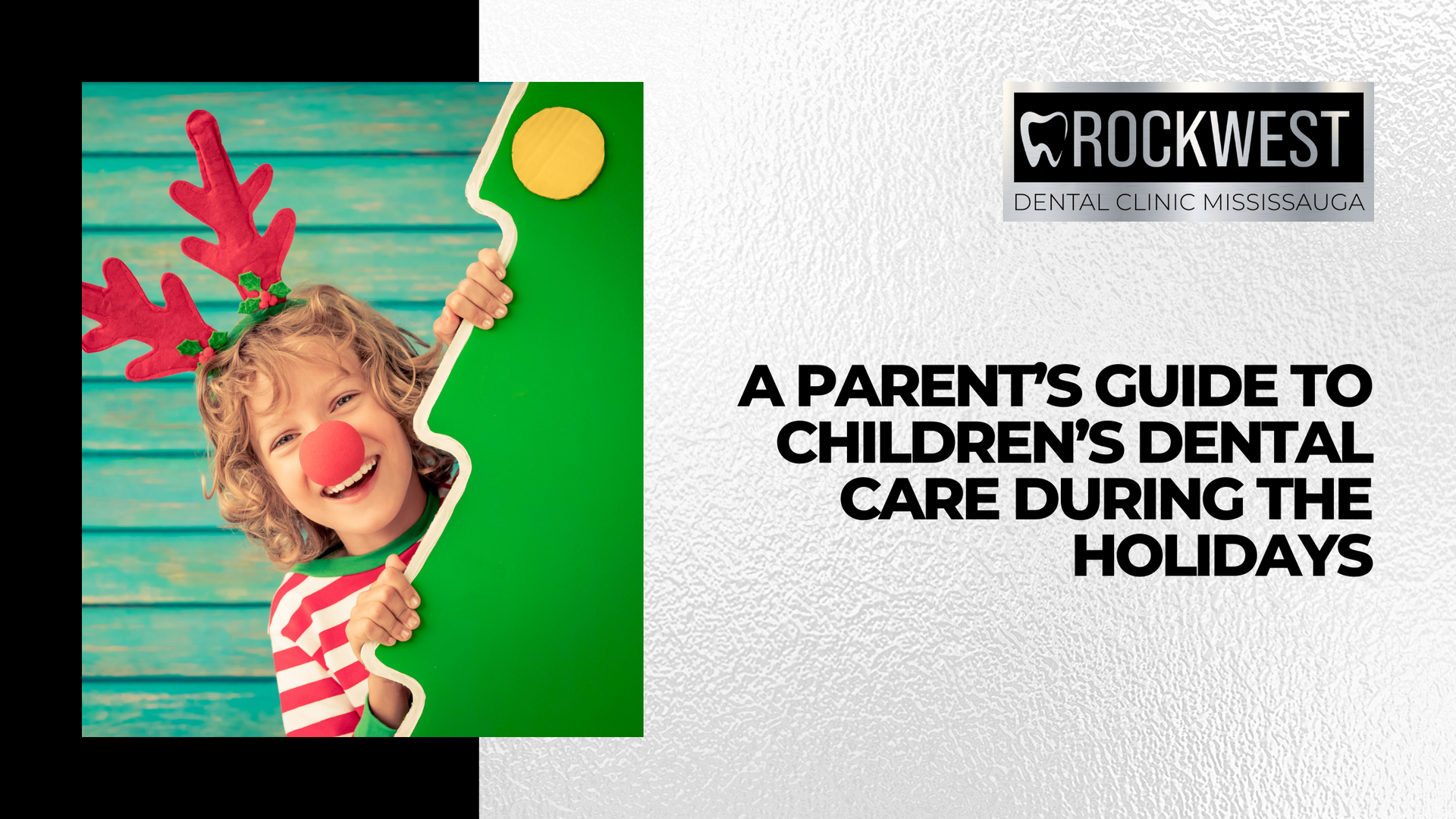
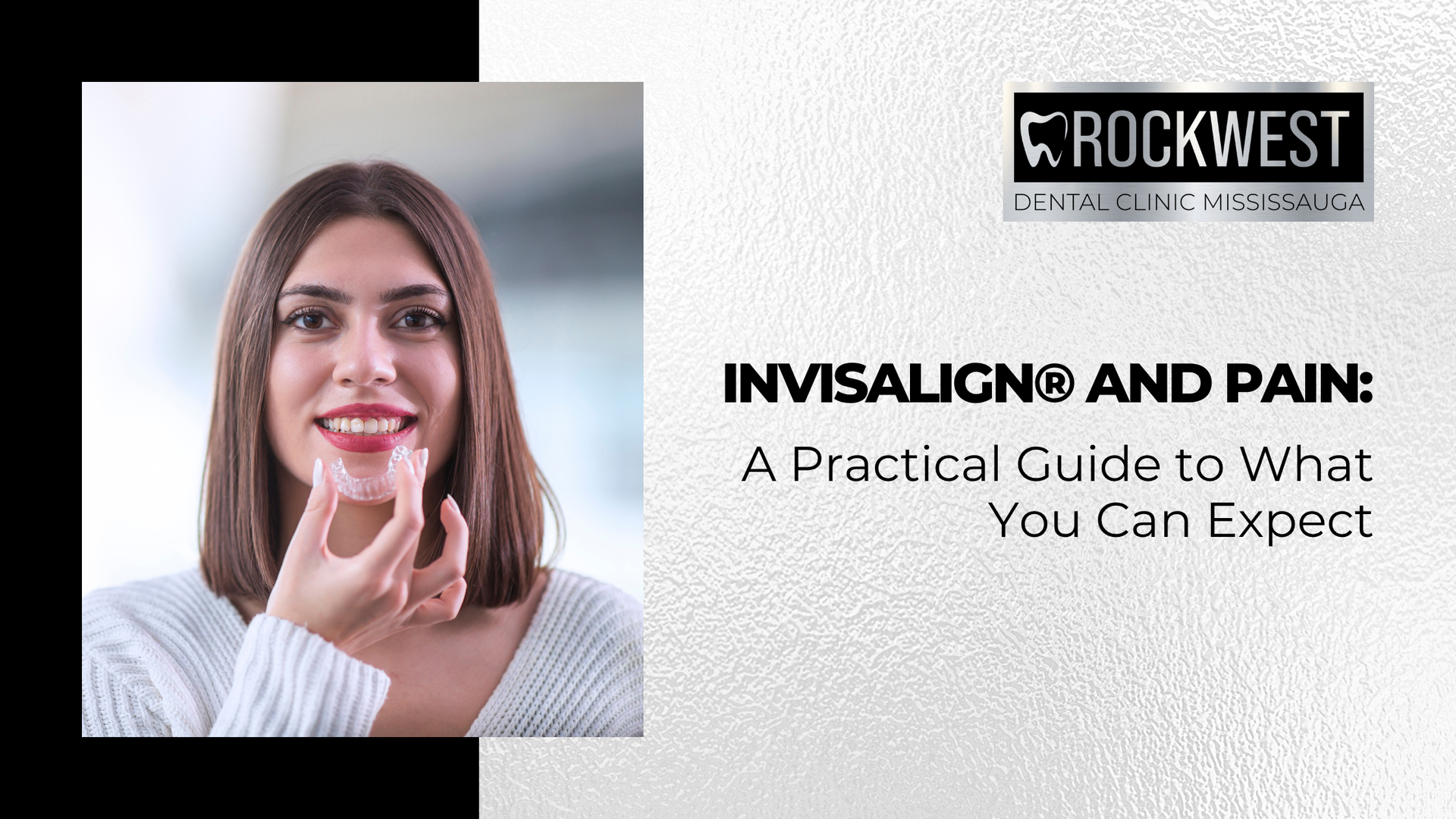
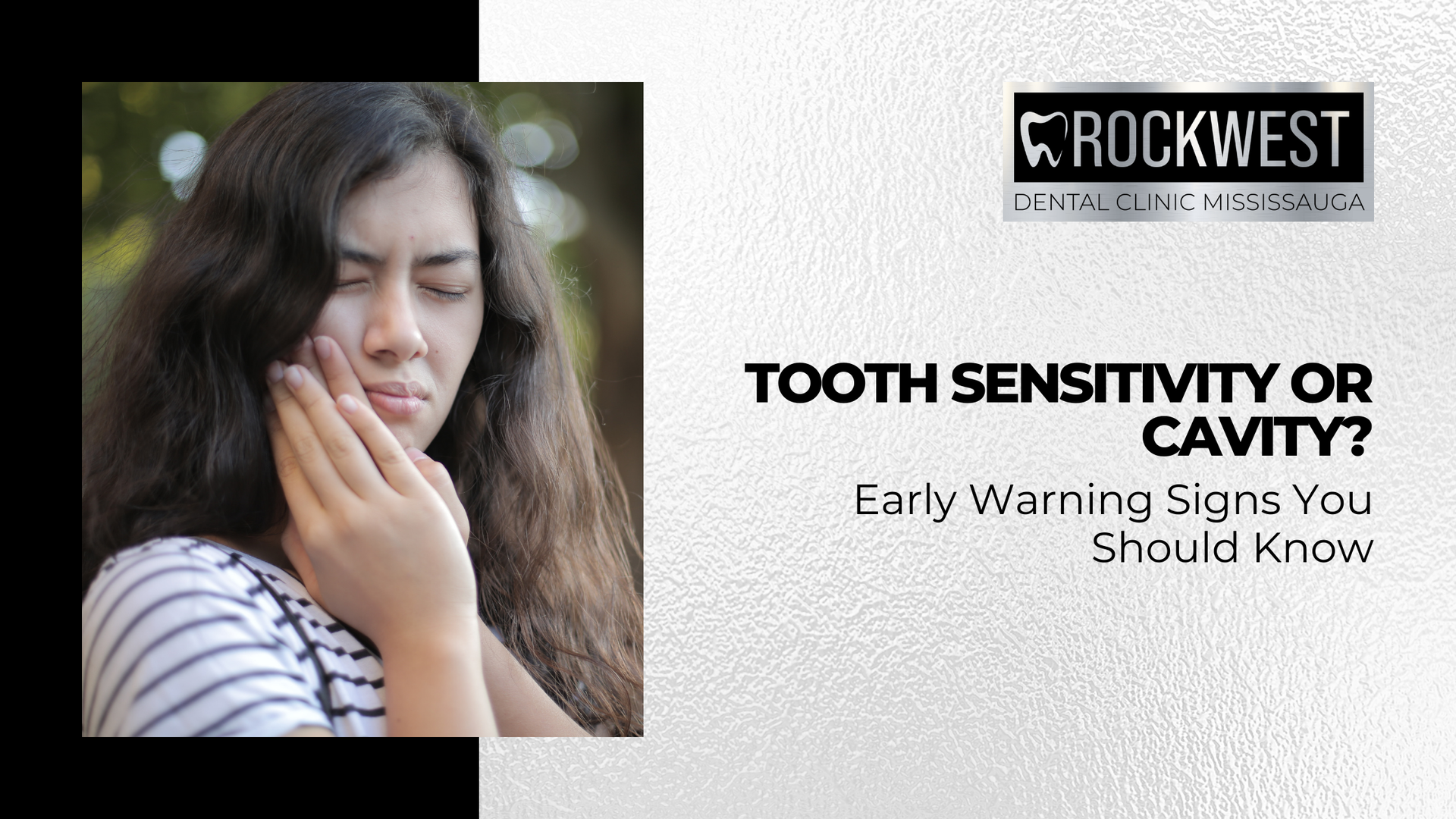
How To Stop Bleeding After Tooth Extraction
Rockwest Dental Clinic Mississauga • August 15, 2024
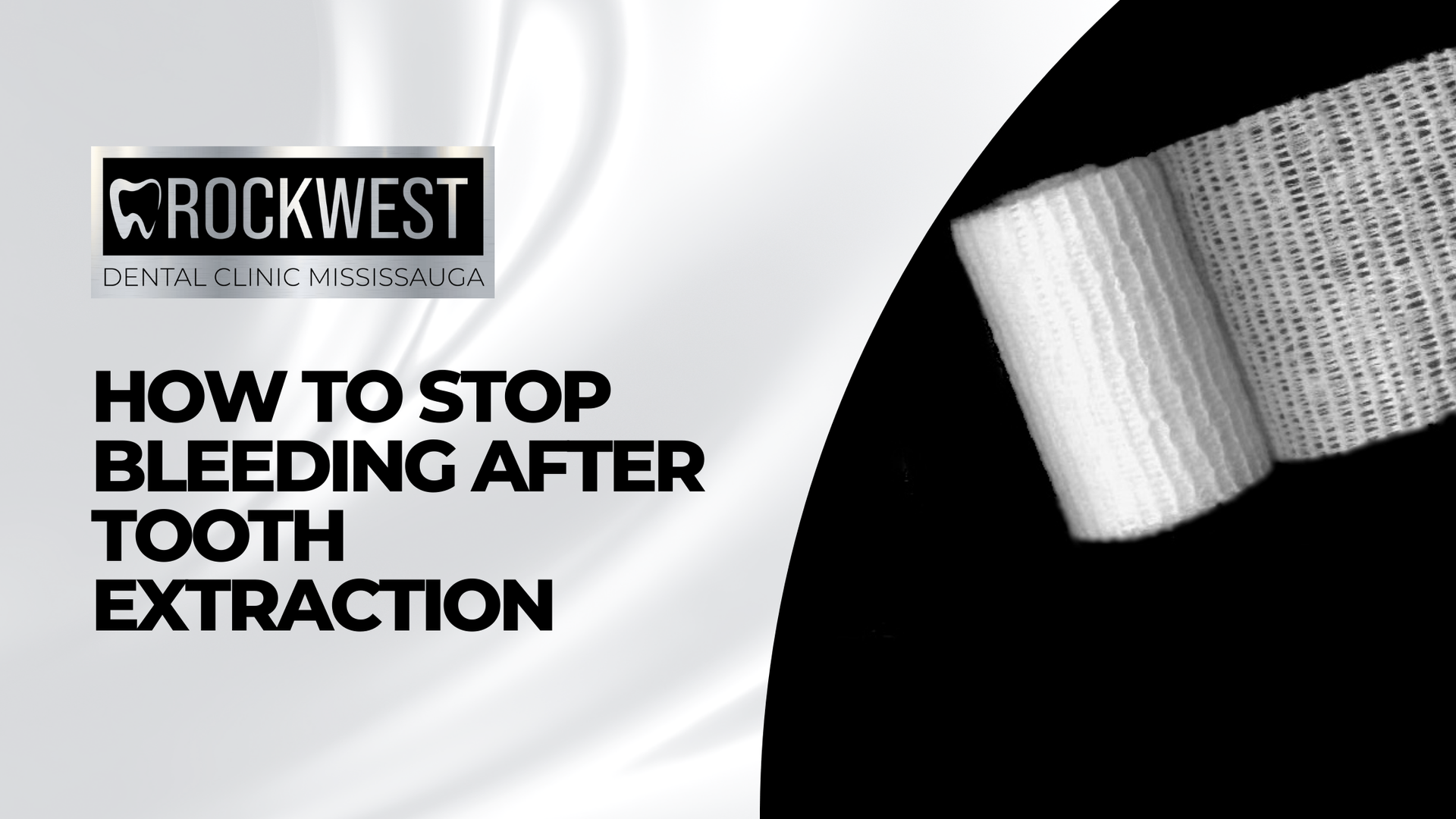
Source: Dr. Marketing
Tooth extraction is a common dental procedure, but the experience can be daunting, particularly when managing post-operative bleeding. Knowing how to properly handle bleeding after a tooth extraction is crucial for a smooth and speedy recovery. This guide provides comprehensive information on how to stop bleeding after tooth extraction, covering various techniques and tips to ensure optimal healing.
Immediate Steps to Control Bleeding
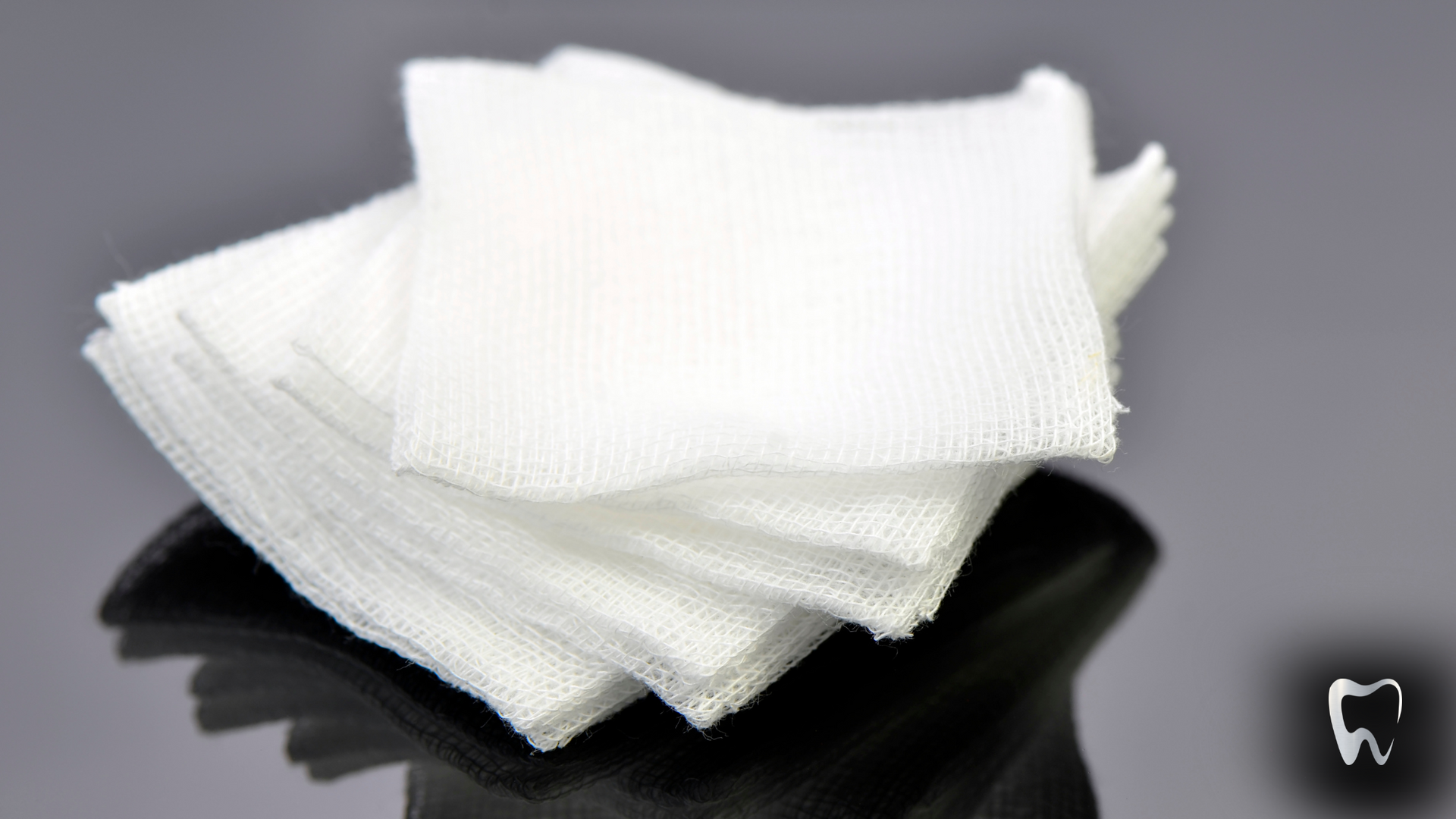
Bite on a Gauze Pad
Immediately after the extraction, your dentist will place a gauze pad as needed, but avoid changing it too frequently, as this can disrupt clot formation.
Use a Tea Bag
If bleeding persists after the initial gauze application, try using a damp, non-herbal tea bag. Tea contains tannic acid, which can promote blood clotting1. Place the tea bag on the extraction site and bite down gently for 30 minutes.
How To Stop Bleeding After Tooth Extraction: Home Remedies

Keep Your Head Elevated
Keeping your head elevated above the level of your heart can reduce blood flow to the extraction site, helping to control bleeding. Use an extra pillow where the extraction site is. Bite down on the gauze with firm, steady pressure for 30 to 60 minutes 2. This pressure helps stop the bleeding by encouraging the blood to clot.
Avoid Spitting and Rinsing
Spitting and vigorous rinsing can dislodge the blood clot and exacerbate bleeding. Avoid these actions for at least 24 hours after the extraction. If you need to rinse your mouth, do so gently with a saline solution or an antiseptic mouthwash, as recommended by your dentist.
Use A Cold Compress
Applying an ice pack to your cheek near the extraction site can help constrict blood vessels, reducing swelling and slowing bleeding3. Use the ice pack for 15-20 minutes at a time, with breaks in between to prevent skin damage. This method is especially effective within the first 24 hours post-extraction for optimal results.
Stay Away from Straws
Sucking on a straw creates negative pressure in the mouth, which can dislodge the blood clot and cause bleeding. Avoid using straws for at least 48 hours after the extraction.
Dietary Considerations

Stick to Soft Foods
Eating soft foods can minimize irritation to the extraction site. Opt for foods like yogurt, mashed potatoes, scrambled eggs, and smoothies. Avoid hot, spicy, or crunchy foods that can aggravate the wound.
Stay Hydrated
Drinking plenty of fluids is essential for healing, but avoid hot beverages and those containing caffeine or alcohol, as they can interfere with blood clotting and prolong bleeding.
Medications and Pain Management
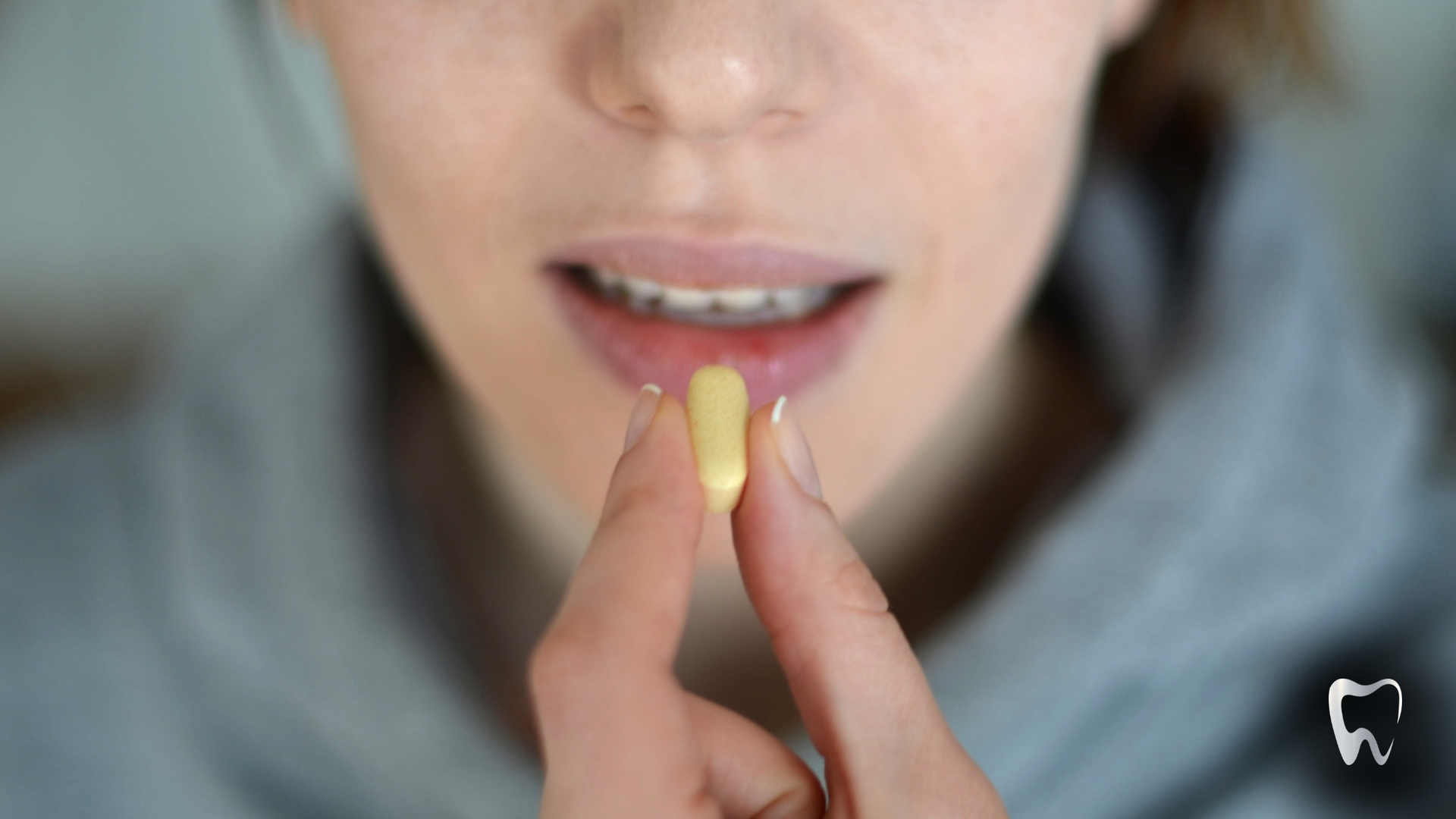
Follow Prescription Instructions
If your dentist prescribes any medicine to stop bleeding after tooth extraction , follow the instructions carefully. Pain relievers and antibiotics can help manage discomfort and prevent infection, which can indirectly aid in controlling bleeding.
Over-the-Counter Pain Relief
Over-the-counter pain medications like ibuprofen or acetaminophen can help reduce pain and inflammation. However, avoid aspirin, as it can thin the blood and increase bleeding.
Understanding the Tooth Extraction Process
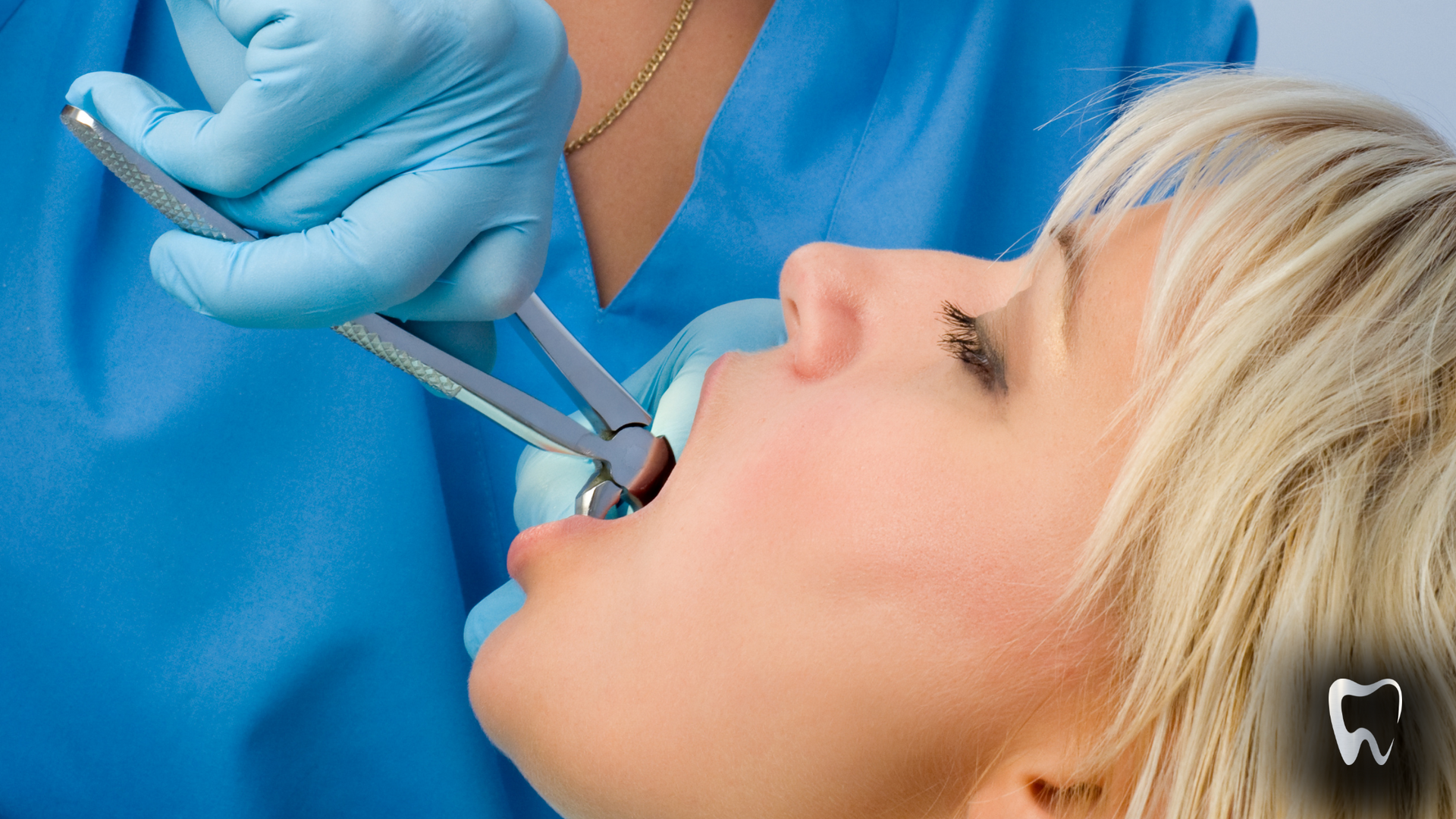
Tooth extraction is the removal of a tooth from its socket in the bone. There are several reasons for tooth extraction, including severe tooth decay, tooth infection, overcrowding, or preparing for orthodontic treatments. Regardless of the reason, the extraction process leaves an open wound in the mouth, which naturally leads to some bleeding.
Why Bleeding Occurs After Tooth Extraction
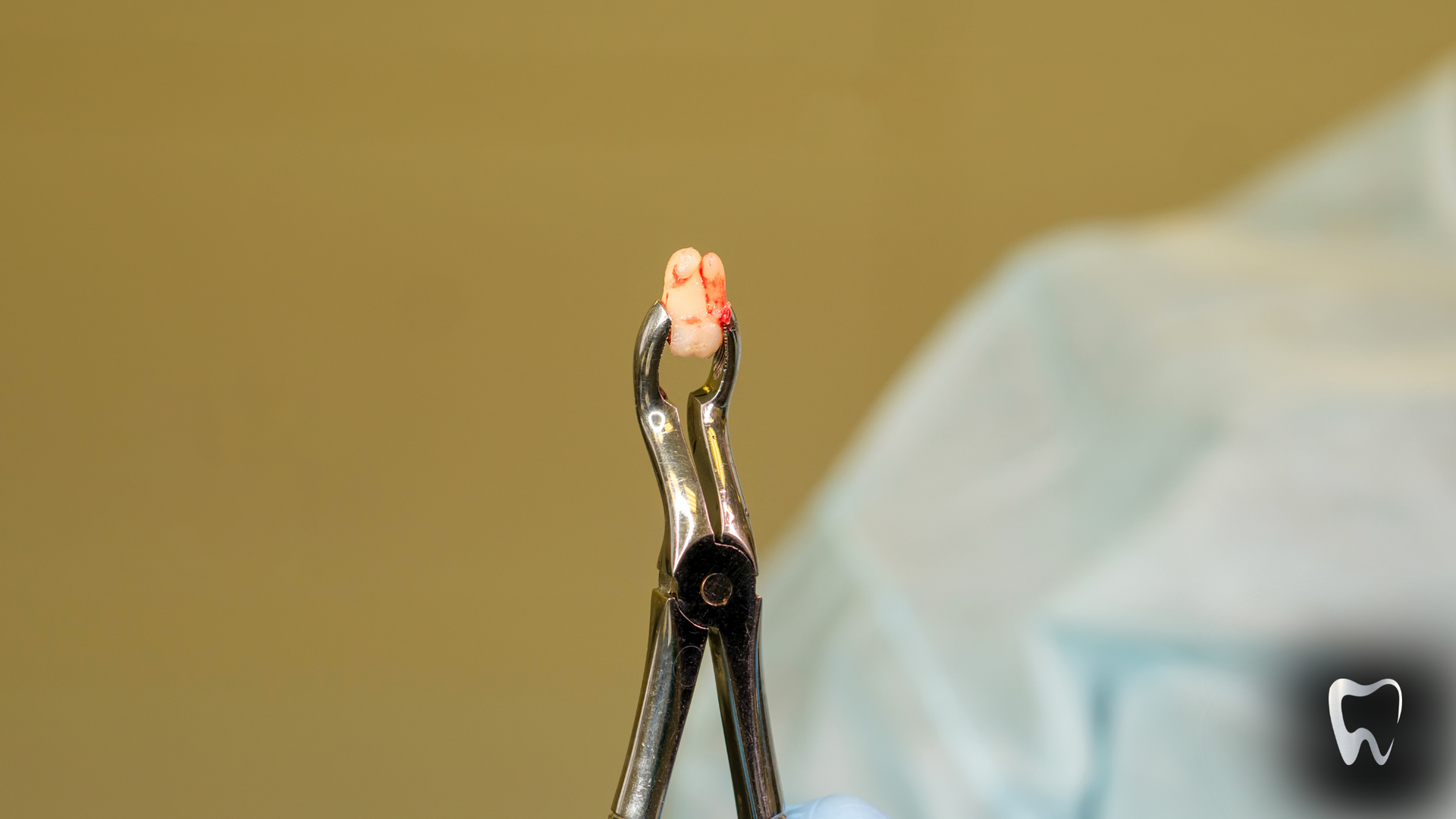
Bleeding after a tooth extraction is a normal part of the healing process. When a tooth is removed, blood vessels in the gum and bone are severed, causing bleeding. The body responds by forming a blood clot at the extraction site, which is essential for protecting the wound and beginning the healing process. However, if the clot is dislodged or does not form properly, excessive bleeding can occur.
When to Seek Professional Help
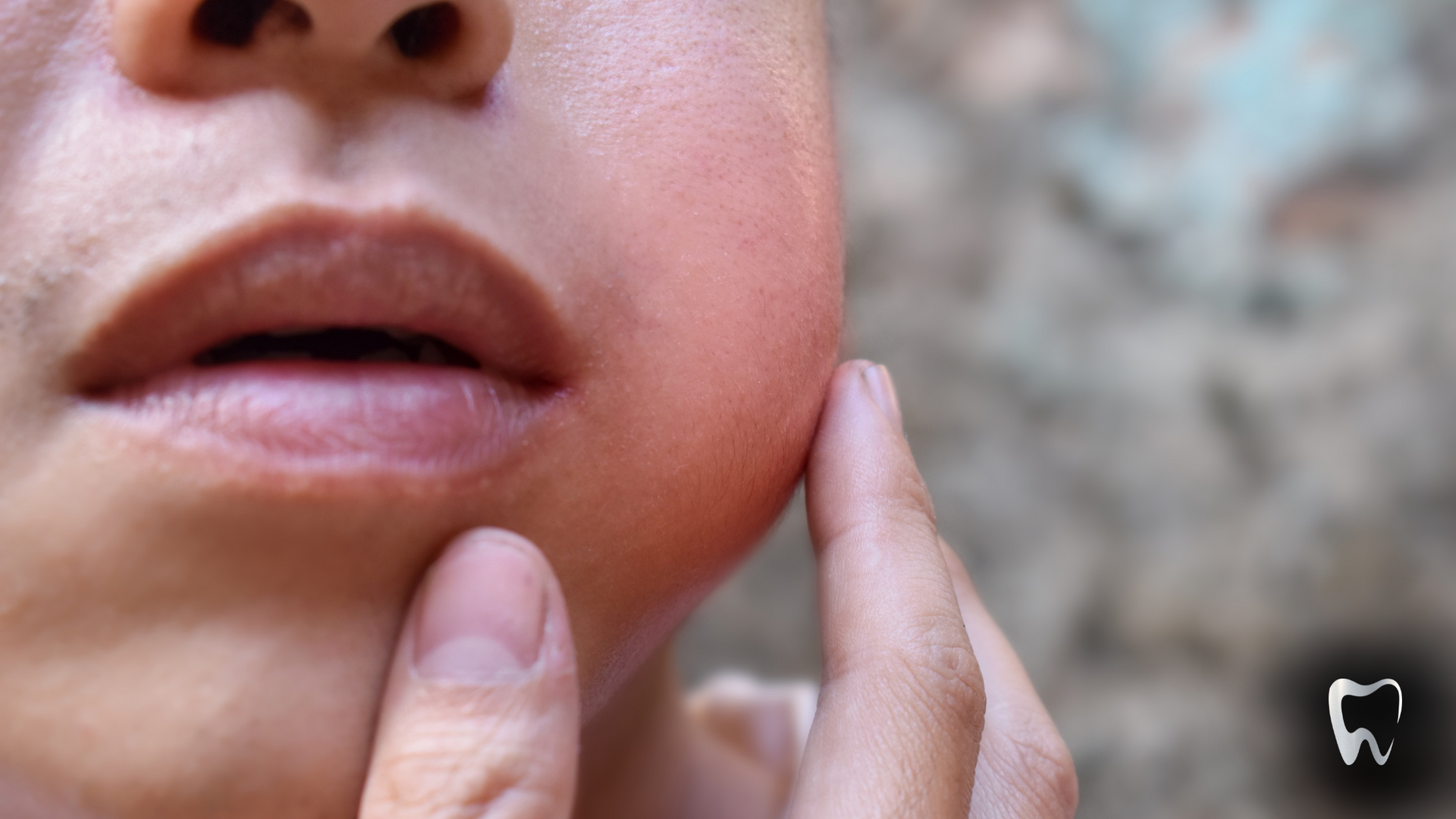
What happens if bleeding does not stop after tooth extraction?
While some bleeding after a tooth extraction is normal, excessive or prolonged bleeding requires professional attention. Contact your dentist if you experience:
- Bleeding that does not stop after applying pressure for 1-2 hours.
- Severe pain or swelling that does not improve with medication.
- Signs of infection, such as fever, pus, or a foul taste in the mouth.
Preventing Dry Socket
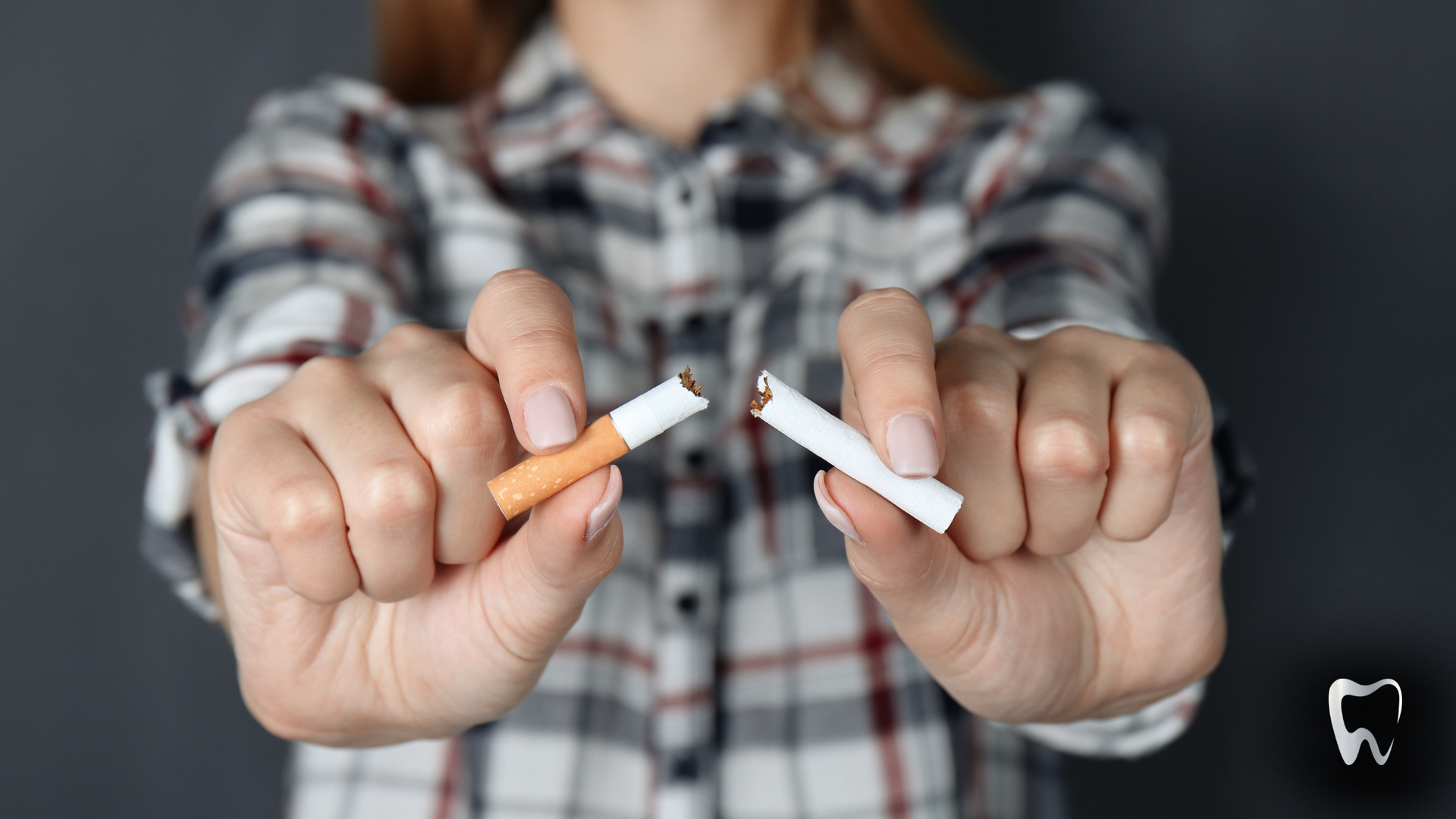
One of the most common complications after a tooth extraction is a dry socket4. This occurs when the blood clot after tooth extraction does not form, is dislodged or dissolves before the wound heals. This can expose the underlying bone and nerves, causing severe pain and delayed healing. To prevent a dry socket:
- Avoid smoking or using tobacco products, as they can interfere with healing and increase the risk of dry sockets.
- Follow your dentist’s aftercare instructions carefully.
- Refrain from strenuous physical activity for a few days after the extraction.
Long-Term Care and Healing

Proper care in the days and weeks following a tooth extraction is crucial for optimal healing. Below are some additional tips.
Maintain Oral Hygiene
Good oral hygiene is essential for preventing infection and promoting healing. Brush your teeth gently, avoiding the extraction site, and rinse your mouth with a saline solution or an antiseptic mouthwash as recommended by your dentist.
Attend Follow-Up Appointments
Your dentist will schedule follow-up appointments to monitor your healing progress. Attend these appointments to ensure any potential issues are addressed promptly.
Be Patient
Healing after a tooth extraction can take time. Most people experience significant improvement within a week, but the extraction site can take several weeks to heal fully. Be patient and follow your dentist’s instructions to ensure a smooth recovery.
Frequently Asked Questions
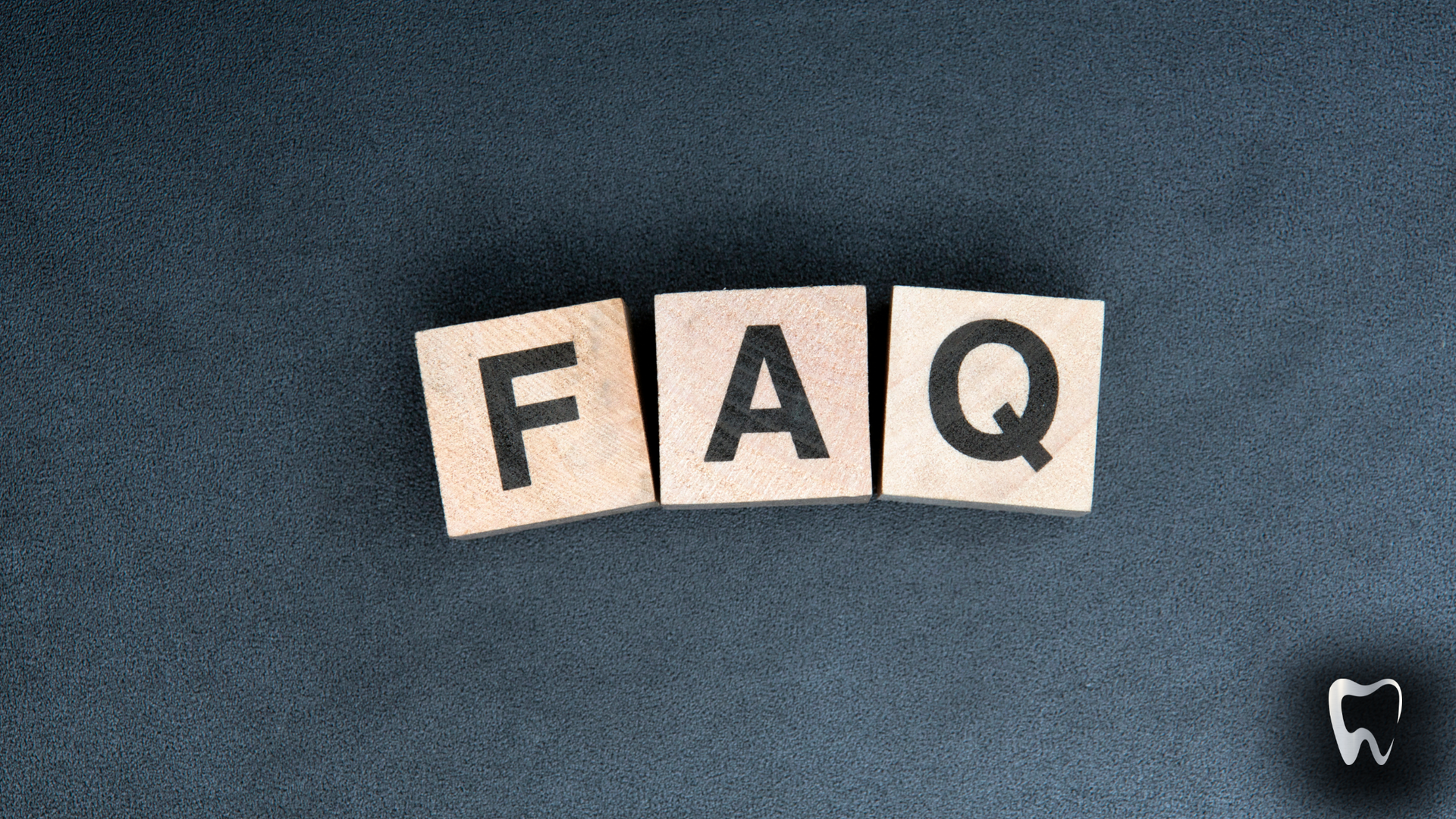
How much bleeding is normal after tooth extraction?
It is common to experience mild to moderate bleeding for the first 24 hours after a tooth extraction. Small amounts of blood mixed with saliva are normal. However, persistent or heavy bleeding that does not improve with pressure should be reported to your dentist to ensure proper healing and prevent complications.
Does salt water help stop bleeding after tooth extraction?
While salt water rinses do not directly stop bleeding, they help keep the extraction site clean and prevent infection. After the first 24 hours, gently rinsing with warm salt water can promote healing and reduce inflammation, indirectly supporting the cessation of bleeding and overall recovery.
Does an ice pack help stop bleeding after tooth extraction?
Applying an ice pack to your cheek near the extraction site helps constrict blood vessels, reducing blood flow and swelling. This can slow or stop bleeding effectively. Use the ice pack for 15-20 minutes at a time, with breaks in between, particularly within the first 24 hours post-extraction for best results.
The Importance of Professional Dental Care

Managing bleeding after a tooth extraction is a critical aspect of the healing process. By following the tips and techniques outlined in this guide, you can effectively control bleeding, minimize discomfort, and promote optimal healing. Remember to adhere to your dentist’s aftercare instructions and seek professional help if you experience any complications. With proper care and patience, you’ll be on your way to a healthy recovery in no time.
At
Rockwest Dental Clinic Mississauga, we offer expert dental services while ensuring you have a comforting and relaxing experience.
Contact us today for professional dental advice and services.
References
- Soltani R, Haghighat A, Fanaei M, Asghari G. Evaluation of the effect of green tea extract on the prevention of gingival bleeding after posterior mandibular teeth extraction: a randomized controlled trial. Evid Based Complement Alternat Med. 2014;2014:857651. doi: 10.1155/2014/857651. Epub 2014 Jun 12. PMID: 25024733; PMCID: PMC4082946.
- Kalantar Motamedi MH, Navi F, Shams Koushki E, Rouhipour R, Jafari SM. Hemostatic Tampon to Reduce Bleeding following Tooth Extraction. Iran Red Crescent Med J. 2012 Jun;14(6):386-8. Epub 2012 Jun 30. PMID: 22924121; PMCID: PMC3420033.
- Fernandes IA, Armond ACV, Falci SGM. The Effectiveness of the Cold Therapy (cryotherapy) in the Management of Inflammatory Parameters after Removal of Mandibular Third Molars: A Meta-Analysis. Int Arch Otorhinolaryngol. 2019 Apr;23(2):221-228. doi: 10.1055/s-0039-1677755. Epub 2019 Mar 13. PMID: 30956709; PMCID: PMC6449133.
- Mamoun J. Dry Socket Etiology, Diagnosis, and Clinical Treatment Techniques. J Korean Assoc Oral Maxillofac Surg. 2018 Apr;44(2):52-58. doi: 10.5125/jkaoms.2018.44.2.52. Epub 2018 Apr 25. PMID: 29732309; PMCID: PMC5932271.
The post How To Stop Bleeding After Tooth Extraction appeared first on Rockwest Dental Clinic Mississauga.







